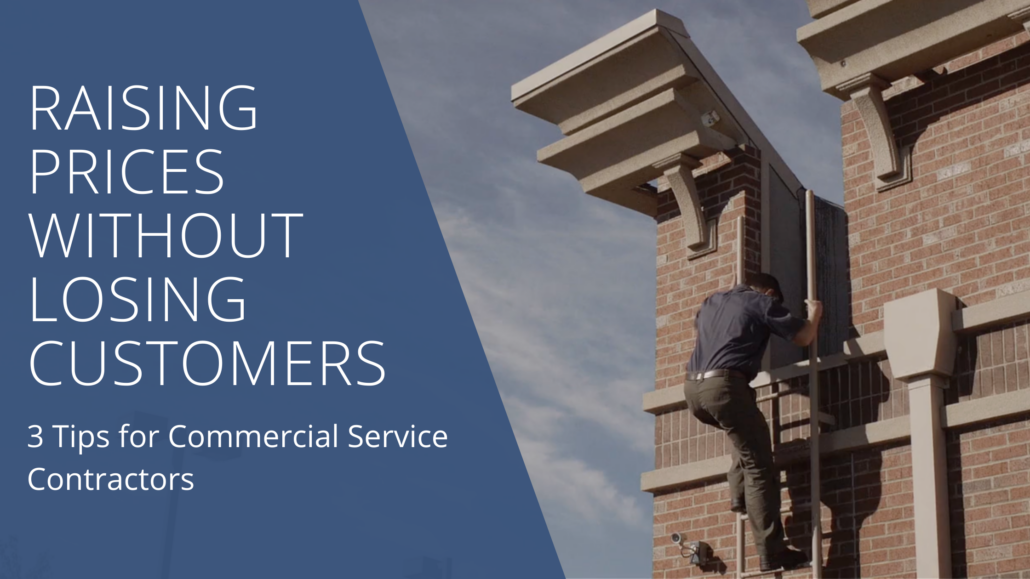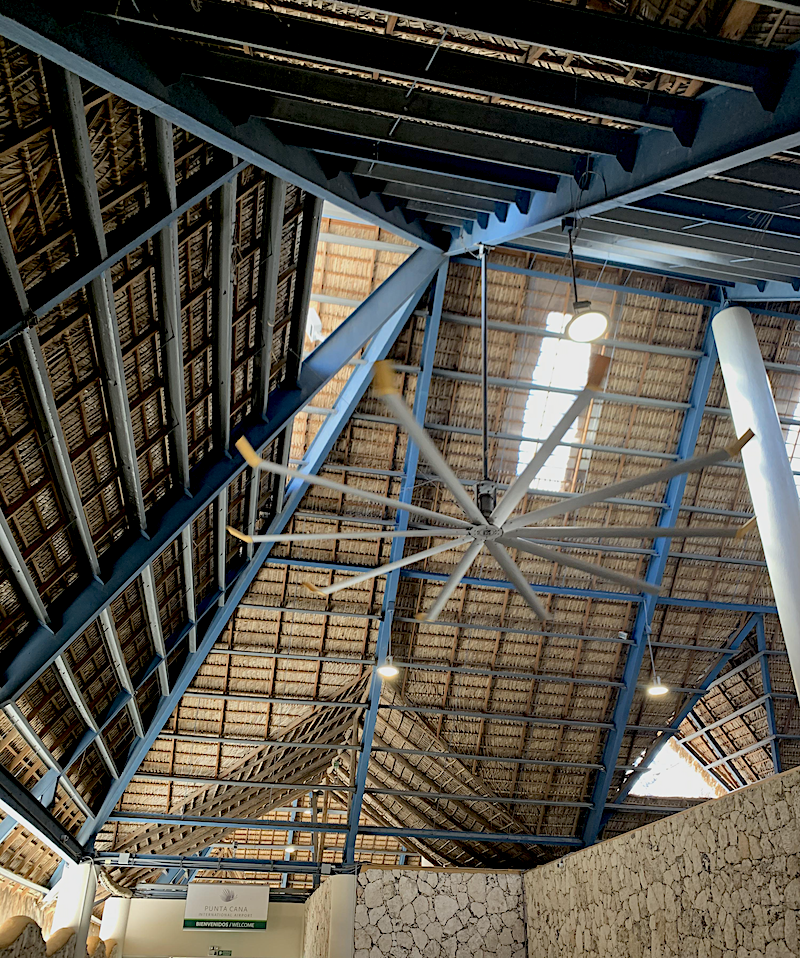Raising Prices During Inflationary Times And Beyond: Part I

What Should I Do About Inflation? Give ‘Em a Big Ass Price Increase!
The most efficient way to grow revenue in your business is to increase the price you charge for the services that you provide. Sounds easy, right? Well, it can be if you understand the underlying psychology of buyers and you have the operational capability to adjust prices easily across your business. The keys to successful pricing adjustments are:
- An expectation on the part of the customer that your brand is worthy of a premium price.
- A customer service approach that demonstrates value beyond the price of the service.
- Operational capability to implement price adjustments seamlessly.
In this article, I’ll focus on commanding a premium price and demonstrating value through customer service. You can catch my thoughts on operational capabilities in Part II.
Inflation sets the stage for a price increase
Inflation rose 7% in 2021. Fuel prices rose a remarkable 58%. The price for trucks and cars is up between 10 and 30%, depending on the category. How easy has it been for you to raise prices for the services you sell to your customers?
Let’s start with this inflation excuse as a case study for customer reaction when they expect price increases. When all of the news outlets in America are braying about the highest inflation since 1982 and every Tom, Dick, and Harry is paying $15 for a burger and fries at 5 Guys, most folks will expect their vendor bills to be more pricey. When higher prices are all around you, it is difficult to single out a particular vendor for a protest over a price increase. The inflationary environment and all of the market symbols that go with it has set the stage for the price increase.
But how do you increase prices without help from these inflationary symbols?
How do you create symbols that confer an expectation on the customer that prices will be on the premium side of a fair trade?
Well, you do it by placing your own brand symbols in front of the customer everyday to reinforce the idea that you deserve to be paid more because of the way you do business. If the customer sees images of your brand everyday that are consistent with premium service, they are unlikely to protest when your invoice arrives sporting a higher price than they paid last year and one that is higher than the competitor down the street would likely charge. And then, they pay it.
Ideally, you are doing things differently to elevate your brand above the minimum commodity status where price is the only determinant of value. If you do not want to compete on price, you need to develop a premium brand, even if customer expectations for the products and services you deliver are generally low. How do you overcome commodity expectations? Let’s look at an example from a commodity market.
The Big Ass fan example
My first experience with a Big Ass fan was in an open air concourse at the airport in Punta Cana, Dominican Republic. This thing was huge! And it worked well also as I was there in August when it is hot and humid, and the fan in the open airport made a big difference.
Big Ass is a good case study for price expectations because generally speaking there is nothing more commodity than a fan. The market for fans generally should be one where price is the ultimate determinant of value. Yet when I recently went looking for a fan for an outdoor kitchen project, I totally expected the Big Ass version to cost significantly more than the competition. My expectations were met and exceeded.

A Big Ass fan at the Punta Cana airport
An 84 inch HVLS (high volume low speed) fan in oil rubbed bronze can be found online for less than $1,000. The comparable Big Ass versions will run between $2,000 and $3,000 depending on options. Really? For a fan? Why not? And people with the money will pay for it because they trust they are getting a better product and better customer service with the Big Ass brand.
I expected the Big Ass brand to command a premium (I was a little shocked at the 100% plus premium to be honest, LOL), but how did I come to have that expectation? What did they do to prime me to pay so much more for their product?
First, the brand caught my eye years ago in Punta Cana. Of course the name created a conversation among the people that were traveling with me (creating a conversation is good branding, btw). What did we do? Picked up our phones and began searching around for Big Ass information.
What did we discover? An interesting story, of course. The company began cooling cows, who apparently will eat more and produce more milk if cooler. Soon the company branched out into other industrial settings like warehouse distribution centers and open air applications like the Punta Cana airport and amusement parks.
The name came about from customer calls asking if they were the manufacturers of “those big ass fans.” The mascot, Fanny the ass, is ever present as both a part of the logo as well as numerous statutes on the Lexington Kentucky campus.
The company pays premium wages to employees, invests heavily in research and development, and has about 10,000 applicants for every 200 job openings. And the website sports customer reviews and makes it super easy to buy really expensive fans direct from the company. All of this information was readily available online from multiple sources.
Takeaways for commercial service contractors
So how are we going to use this review of Big Ass to teach your customers to expect big ass price increases from your company?
Lesson 1: Do something uniquely well. Do not try to serve everyone with the same old thing. Big Ass started with cows and industrial settings. These were unique markets that were likely underserved, but with a terrific value proposition for the customer: low cost cooling relative to the alternative of conditioned air. Who cares if the fan is super expensive when the alternative technology is prohibitive. Focus on a unique capability for a unique market.
Lesson 2: Tell an interesting story online. We talk about this all the time, but your Digital Wrap is really important. Your technicians gather lots of “stories” everyday with the work that they do. Get that story into the hands of your customers and prospects via your online marketing impressions (MIPS). If you don’t know what I am talking about, you really need to spend some time with ServiceTrade.
Lesson 3: Be transparent and available online. Big Ass publishes reviews on their website, including the poor ones. Several of the reviews indicated the way that the company recovered when the product failed to meet expectations – the customer service response was terrific. Also, it was easy for me to engage directly to configure and buy a fan online. It should be easy for your prospective customers to qualify themselves for a purchase or sales call from you using your website. Have you tried it lately disguising yourself as a customer?
Lesson 4: A premium price pays dividends in employee loyalty. You cannot build a premium organization if you do not charge a premium price. There is not enough money to go around. The customers have the money you need (as opposed to cutting corners in your business). Find a way to take it from them and pass it around your organization. You will find that your organization becomes better at taking more when you take care of them. Did you see the statistic on applications for jobs at Big Ass relative to openings? How would you like to have that problem?
–
High inflation is not the only excuse for a price increase. A premium brand is the other excuse that works every time all the time. So get your Digital Wrap going and give the customer a Big Ass price increase as often as your contracts allow.
Read More: Raising Prices During Inflationary Times And Beyond: Part II
